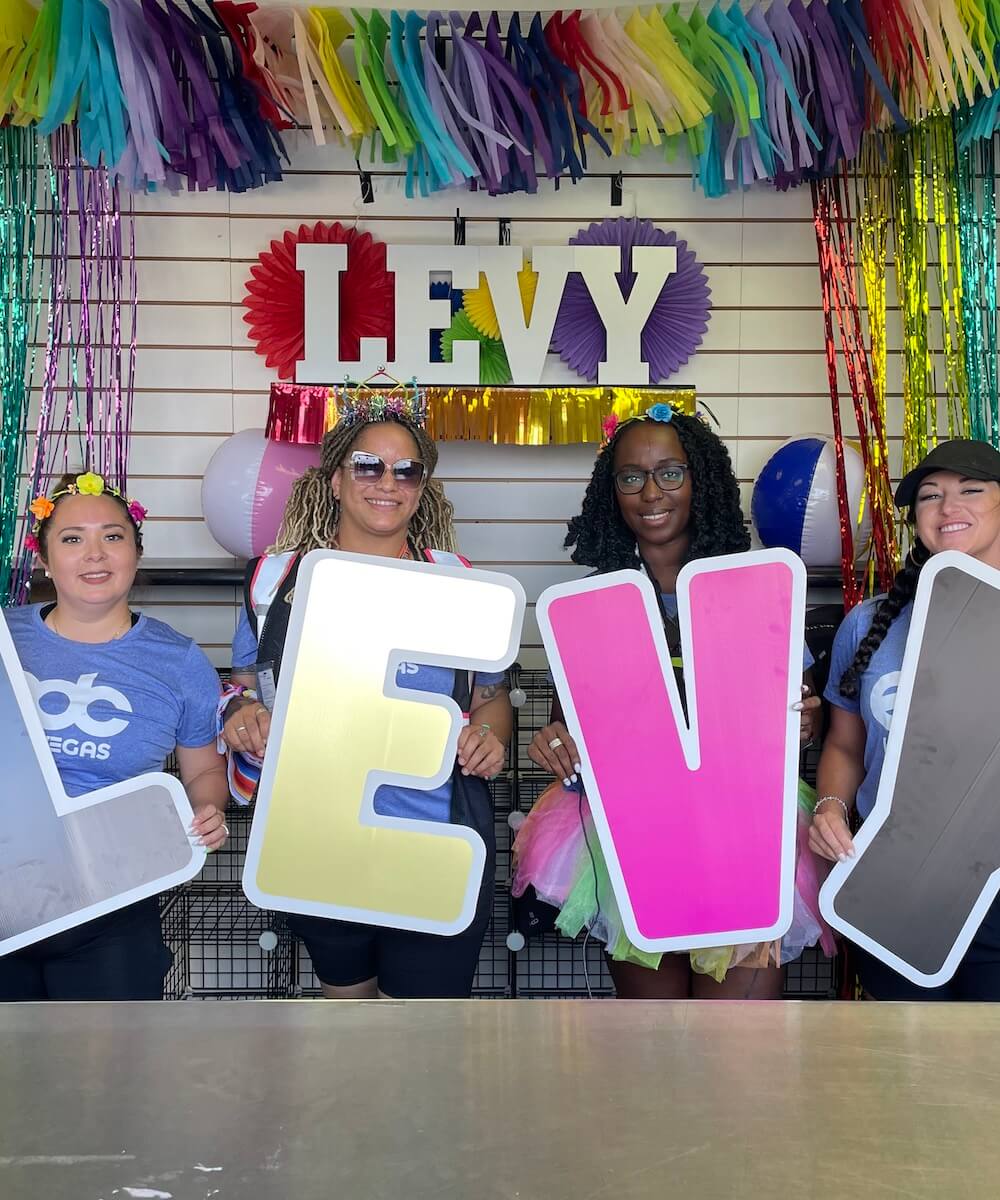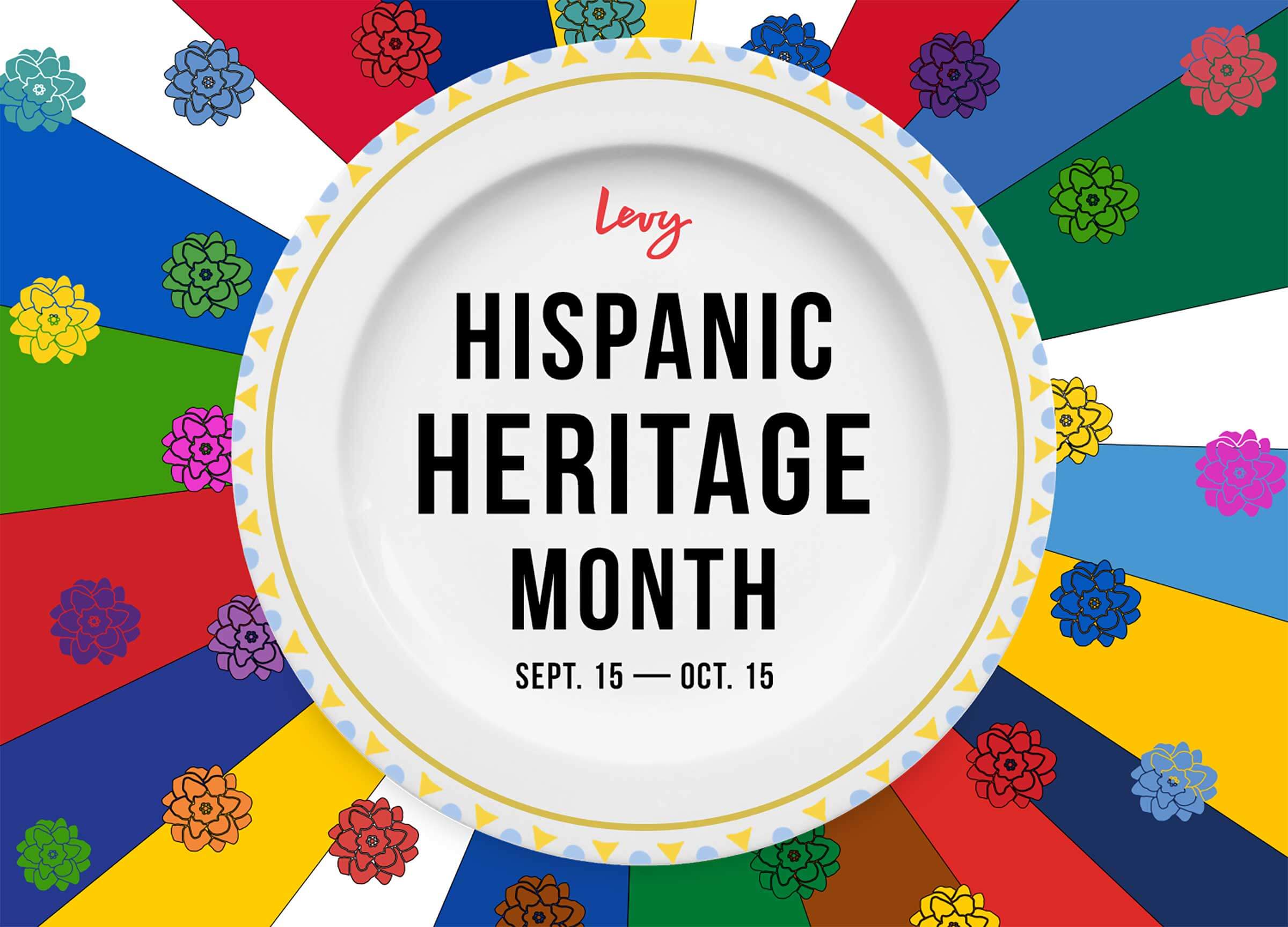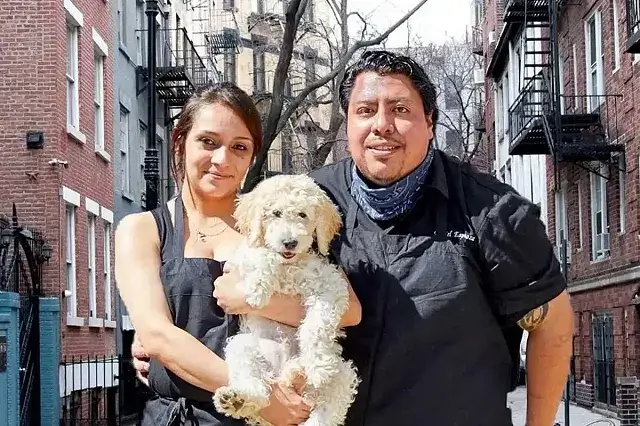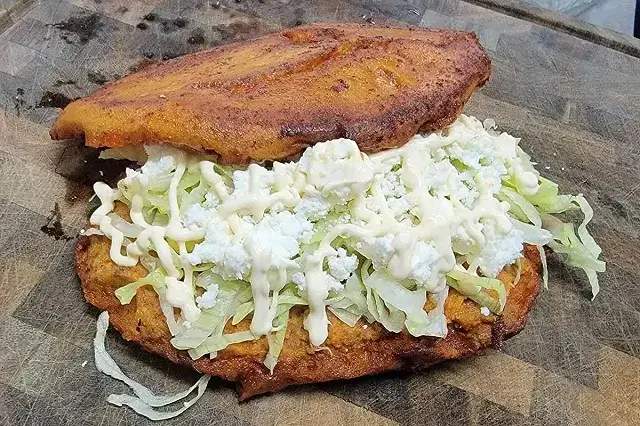Cultural expressions show up in many different ways. For many, culture translates through food, whether that’s the kitchen, the dinner table, or the local community. This month, we celebrated Hispanic Heritage Month by sharing personal family memories, recipes and stories that are windows into the rich and vibrant Hispanic culture of our team members. For three members of our Levy family, Jhoana Ruiz, Juan Moradel, and Jose Torres, being Hispanic means having a strong connection to their language as well as developing a rich relationship with the food they create. Jhoana, Juan, and Jose have each shared a meal that has had a profound impact on their lives, and we hope you’ll enjoy them, too.
Tamales de FresaJhoana has been making Tamales de Fresa since she was a child helping in her grandmother’s kitchen. “My grandma was the kind of person that would cook three home meals from scratch every single day,” she says. “Tamales were sort of a staple that she would make very often and on special occasions.” Jhoana and her sister didn’t eat spicy foods growing up, so their grandmother would make this sweet dish, Strawberry Tamales, stuffed with pineapple or raisins. As one of the oldest foods in civilization, tamales have an extensive history. Today, they still appear on countless menus around the world and are a staple of Mexican cuisine. “It’s a very special dish to me because I think it represents a culture, land, and Mexican history, since so much of the food base is corn,” Jhoana says. The outsides of tamales are dried corn husks, and she says her job growing up was to clean all of the husks and line them up to be filled. Her passion for cooking and for Mexican cuisine has carried on, with Jhoana even opening a tamale shop for two years with her husband, whose family connection to tamales goes back three generations. The Fresa was one of the most popular dishes. She often connects with her culture through food, but Jhoana says she sees her history being represented everywhere. “I think Hispanic culture has already made a mark in this country,” she says. “Spanish is a language that carries throughout the world.”
Arroz a la ValencianaAs a member of an Afro-Latino Nicaraguan family, Juan comes from a vibrant background of traditions and culinary fusions. One of his favorite dishes, Arroz a la Valenciana, is the perfect example of that. This meal has been associated with numerous cultures, including Spain and the Philippines, among others, but Juan’s traditional dish originates in Nicaragua. His family fled Nicaragua in the early 1980s, escaping a Civil War of more than 20 years, to start from scratch in the U.S. He says that most people don’t associate Afro-Latino food and culture with the country, despite there being a high population in Nicaragua. He is passionate about sharing this community’s story, and believes that storytelling is the most powerful way to pass traditions down to younger generations. The dish is made up of rice, varying types of meat, and vegetables, as well as a number of flavor-building elements like sugar, white wine, chiltoma, tomato paste, and more. According to Juan, “Hispanic culture is expanding in the community by recognizing African spices in dishes not typically associated with Latin America.”
PambazosFor Jose Torres, traditional Pambazos are what comes to mind when he thinks about his roots in Mexico City. According to Jose, the French Empress Carlota asked her chef, Josef Tüdös, to create a bread for the lower class. He was inspired by the mountain El Pico de Orizaba, and made the first iteration to look like it. The sandwich became extremely popular as a low cost street food. In many cultures, the most authentic, traditional, and appreciated foods can be found by hitting the streets. “Street food in Mexico City is some of the best cuisine in the world,” Jose says. “It incorporates a variety of foods and different traditions.” Pambazos consist of telera bread, potato, chorizo, Guajillo peppers, lettuce, cheese, and Mexican cream. Jose says they are similar to tortas, but different in execution. “The bread, or ‘pan,’ is dipped in consommé and then put on the griddle to make it nice and crispy,” he says. For Jose, foods like this make up part of who he is, and so does the Spanish language. “It’s a part of who I am as a man and a chef,” he says. “The significance of language is very important to me. It is something that is passed down from generation to generation. My children have been born in the United States and have all learned our native language to keep our heritage alive.” Mexican cuisine is a staple in so many American cities, but Jose sees it going further. He dreams that people can become more aware of the regional differences in their food and not see it as one thing. “Hispanic culture has been seen around the world as very delicious,” he says. “But one thing most people don’t know is how regional the cuisine is. Food in Mexico City is different than food in Mazatlán or Chihuahua. It is my hope that Mexican food can be seen as more than salsas, tacos, and tamales.”






